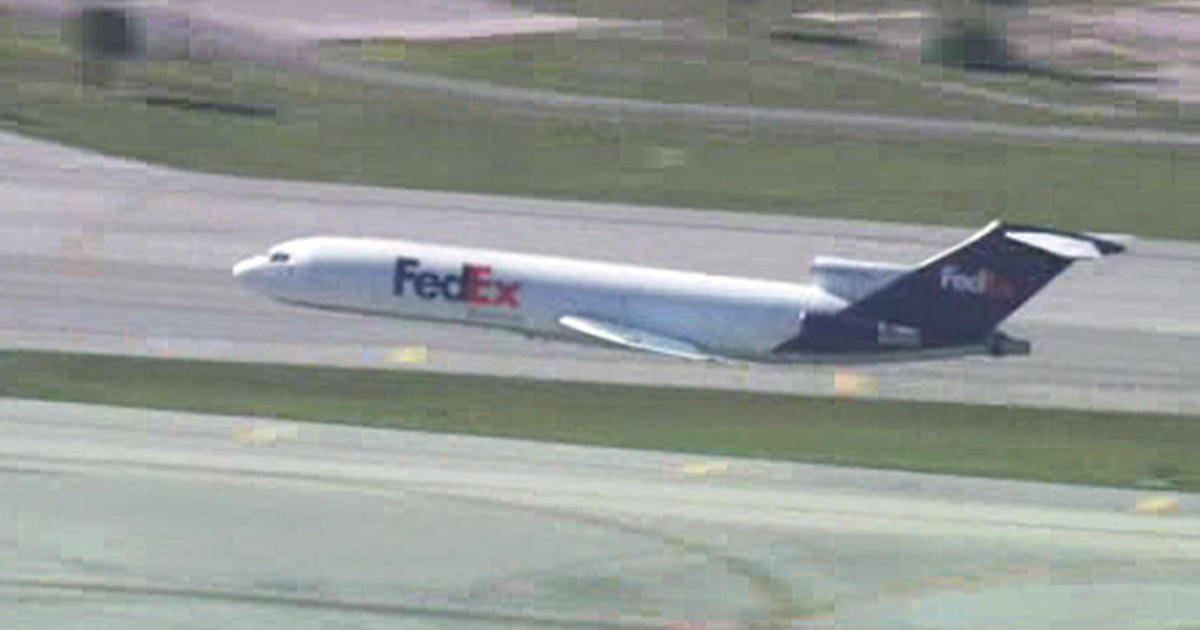Is that a QF? I didn’t know UPS sold any of those to another operator.
I am not familiar with that term (QF). I wasnt directly involved in flight operations. I was in management and I know in the early days they would tell us of profit from hush kits and later when the last 727 was being retired.

